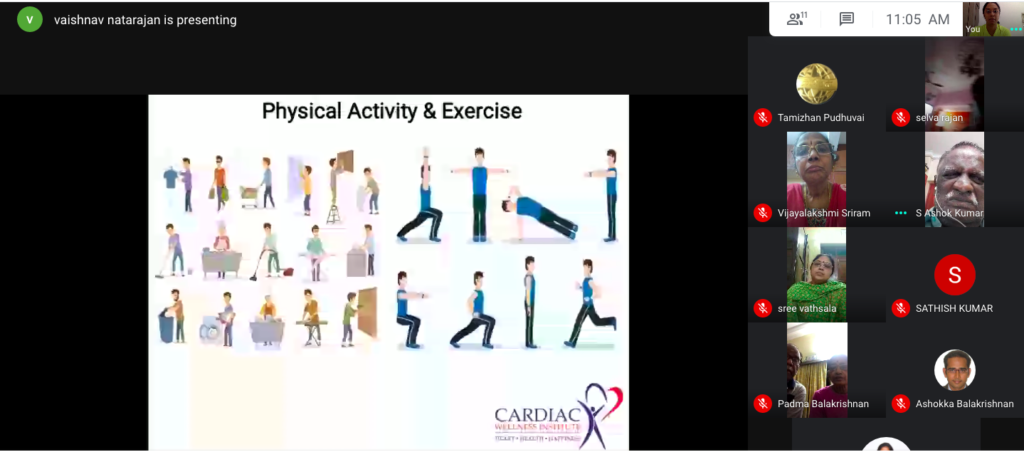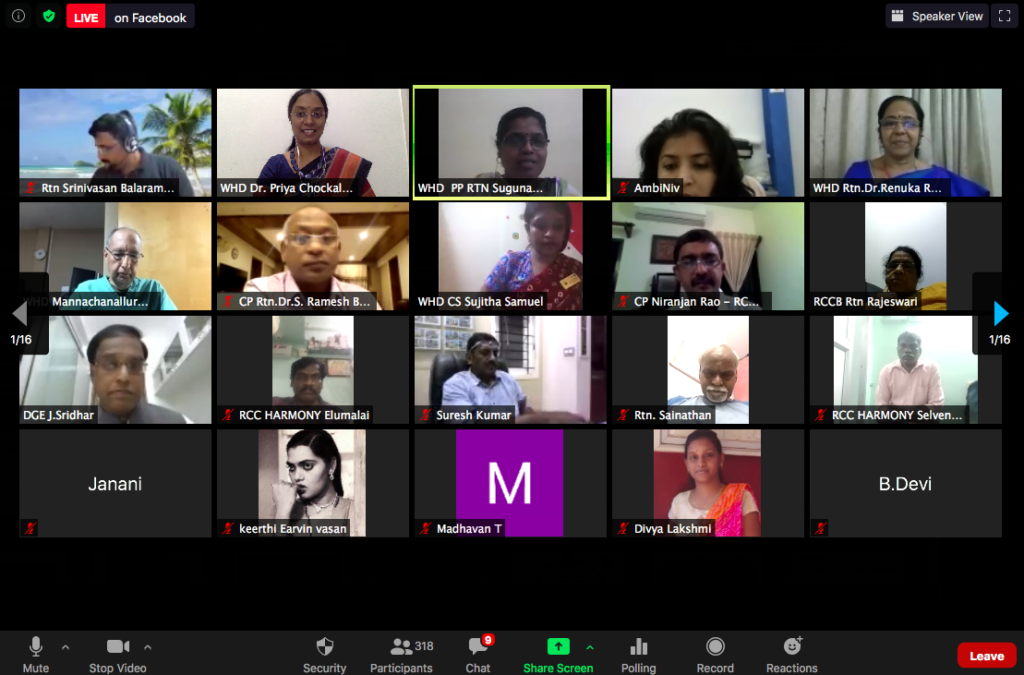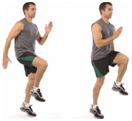Cardiac care can be broadly divided into acute management of cardiac emergencies and longer-term prevention and rehabilitation strategies for the heart patient. In this post, we would like to share our experience on how cardiac rehab has evolved with the ongoing pandemic.
During the pre-COVID era, our focus was predominantly on conventional centre-based cardiac rehab where patients and their caregivers would visit our rehab centre on a periodic basis for sessions with the doctor, physiotherapist, dietician, counselling psychologist and yoga therapist. Home-based cardiac rehab offered through tele / online modality occupied a minor portion of our work prior to the pandemic and was reserved for those living outside Chennai or abroad. However, it was gratifying to note that both formats were well appreciated by the participants and the program outcomes were excellent irrespective of whether they were attending in-person or home-based sessions and we have shared our thoughts on this topic in June of 2019 (click the link for the earlier post).
The biggest advantages of in-person care are the personal touch and the ability to examine the patient. Looking back, these are the things we have missed the most in the past year since the start of the lockdown as our entire team of healthcare professionals switched to the work-from-home mode to maintain continuity of care and uninterrupted services for patients.
We initiated HeartHealth@Home, an online consultation service to cater to patients’ queries and concerns related to cardiac care while at home during the lockdown. Some common issues for which people approached us were:
- Symptoms like gastritis, heartburn and chest pain for which detailed history was elicited and appropriate guidance given
- Doubts about cardiac medications and their dosages as they were not able to contact their primary physician
- Questions about COVID-19 related safety measures in individuals with diabetes, hypertension and heart ailments
- Queries pertaining to when to approach the hospital and whether it was safe to do so during the pandemic
We realised that our home-based cardiac prevention and rehab program soon became a much sought after service as patients were able to make use of the online services seamlessly and cardiologists and heart surgeons were happy to refer their patients. The initial evaluation, the program planning and the execution of the rehab sessions were all done online and smooth communication was maintained with the enrolling participant, their family members and the referring doctors. Without the technological advances of video calls through smartphones, audiovisual presentations for groups of people using various platforms and online questionnaires and forms to evaluate and track patient progress, the home-based programs would not have been possible.
As we embrace the new normal and gradually resume in-person consultations and regular centre-based programs this month, we are making sure we closely adhere to the COVID prevention protocols and maintain high standards of safety and hygiene for our patients. We encourage all our patients to get vaccinated against the novel coronavirus at the earliest possible time and to continue following personal precautions for the timebeing. Moving forward, patients will have the option to choose centre-based or home-based programs or a hybrid model with a combination of both formats. We are confident that after having pioneered the concept of preventive cardiology in South India and having sailed through the pandemic situation with minimum impact on patient care, we are better poised to continue in our exciting journey of best-in-quality cardiac care for our people.

















